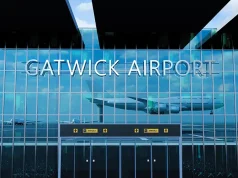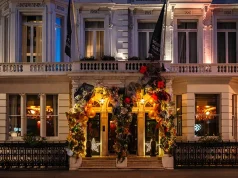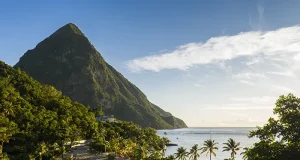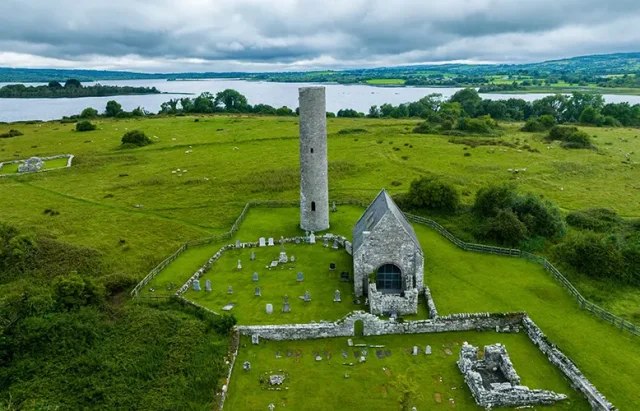
With miles of uncongested waterways that are perfect for cruising, countless biking, hiking and walking trails and endless castles and romantic ruins to explore, Ireland’s Hidden Heartlands are the ideal place to slow down and reconnect with nature and yourself.
It’s a region of the island often overlooked by visitors but one that rewards with idyllic scenery, welcoming communities and excellent slow travel experiences.
Running through the heartlands is the mighty River Shannon, stretching 360km from source to sea and one of Europe’s premier cruising destinations. Hiring a cruiser is the best way to navigate the heartlands, with numerous town and village stop-off points along the Shannon’s length as well as a range of habitats where diverse flora and fauna can be seen.
And with the Irish Boat Rental Association announcing that from next year it will transition its stock to sustainable HVO fuel, the experience is now as eco-friendly as it is enjoyable.
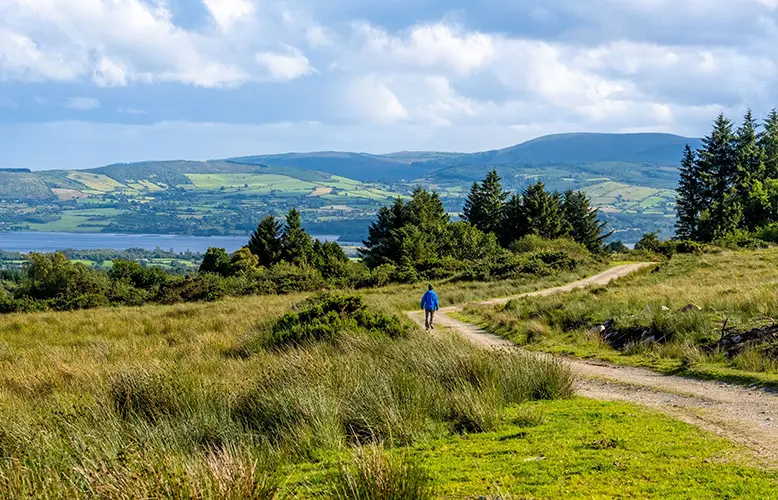
The Shannon passes through three loughs in which water-based activities abound. So those who enjoy being active in nature can have a go at everything from kayaking to paddleboarding and wild swimming.
On land, multiple well-developed tracks and trails enable exploration of the heartlands at a leisurely pace. The Royal Canal Greenway, Old Rail Trail and National Famine Way enable visitors to connect with Ireland’s history and heritage, discover cultural gems and engage with local communities.
Mountain bike enthusiasts will find excellent trails at Ballyhoura and Slieve Blooms and these are also locations for annual walking festivals. The 64km Lough Derg Way which follows a mix of riverbank, canal bank, forest track and road is also a great cycling or walking route and passes important heritage sites such as Portumna Castle and Holy Island.
Ireland’s Hidden Heartlands aims to be one of Europe’s leading regenerative tourism destinations within the next 10 years. That means that visitors seeking sustainable experiences will find an increasing number of choices there as new experiences are developed.
Among the key developments is the peatland rehabilitation project, currently the biggest nature conservation project in Europe. It is working to restore Ireland’s peatlands, exploited for fuel over hundreds of years, to their natural state. They will become absorbers of carbon dioxide helping to create a greener environment and become homes for rare and endangered flora and fauna.



